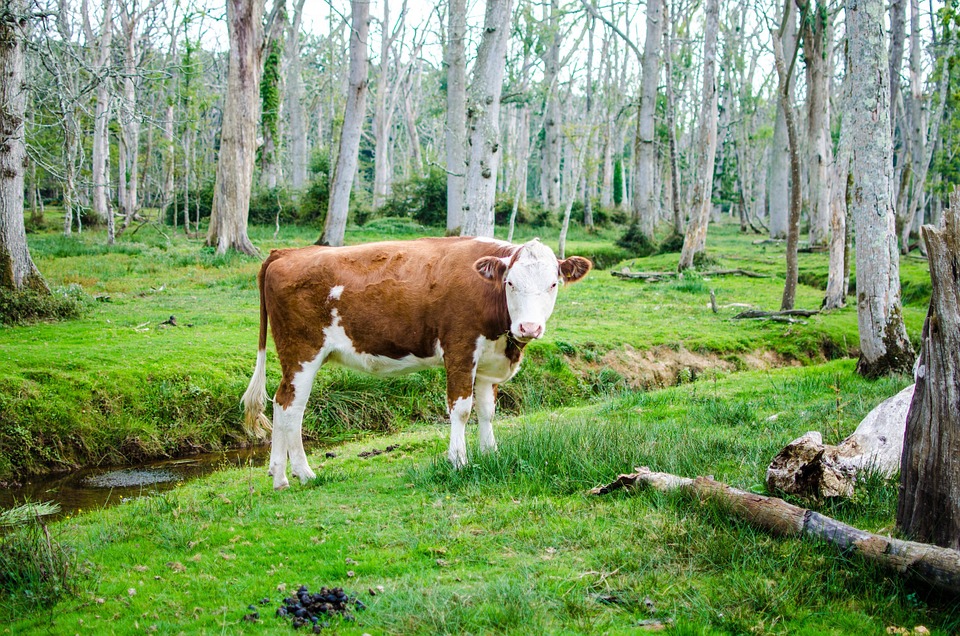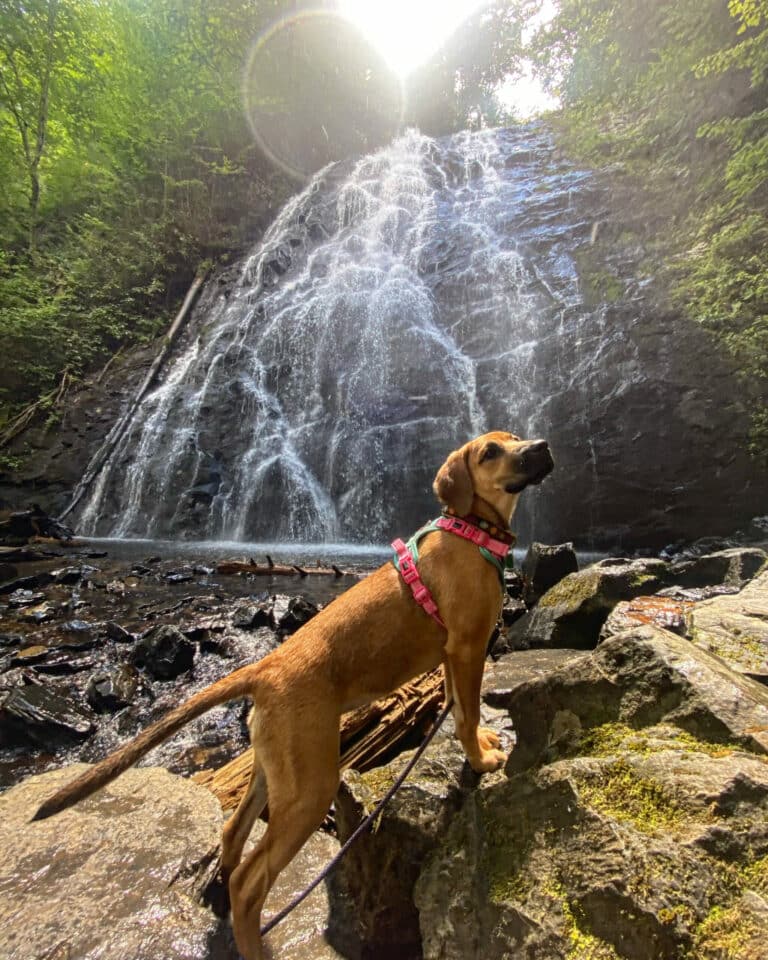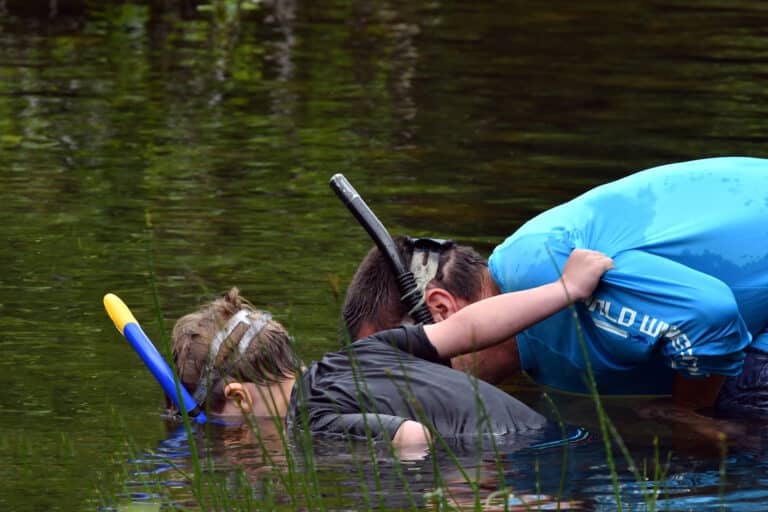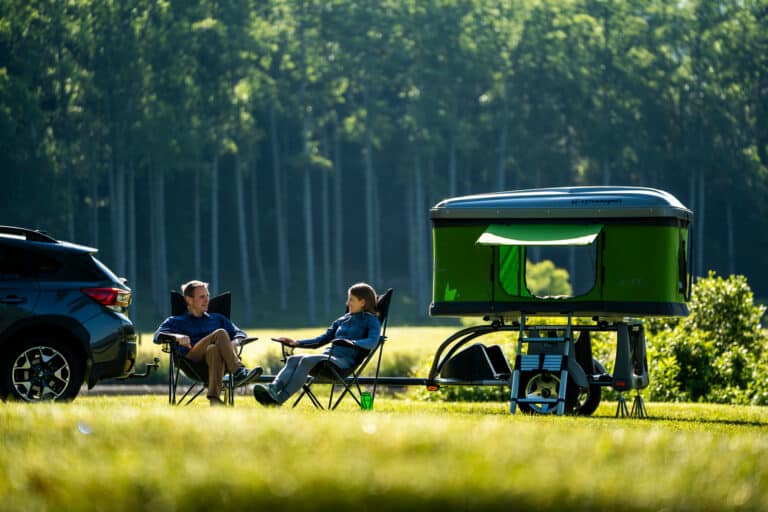In the age of information, most of us have the choice to be informed or to be ignorant. Most of us have the choice to act or to spectate. And we all have the choice to care or to be indifferent. Which will we choose?
I recently attended a Buncombe County Commissioners meeting in downtown Asheville, N.C. This was no ordinary meeting. There were hundreds of people in attendance on this particular evening, and many of them were young! I don’t often generalize, but county commissioner meetings are not usually the place to spot youth.
The reason such a large, diverse crowd came out that night was to protect the forests of Big Ivy, a section of the Pisgah National Forest just north of Asheville. If you’ve never been to Big Ivy, I highly recommend it. It’s one of the last old growths on the East Coast, and its majesty is indescribable.
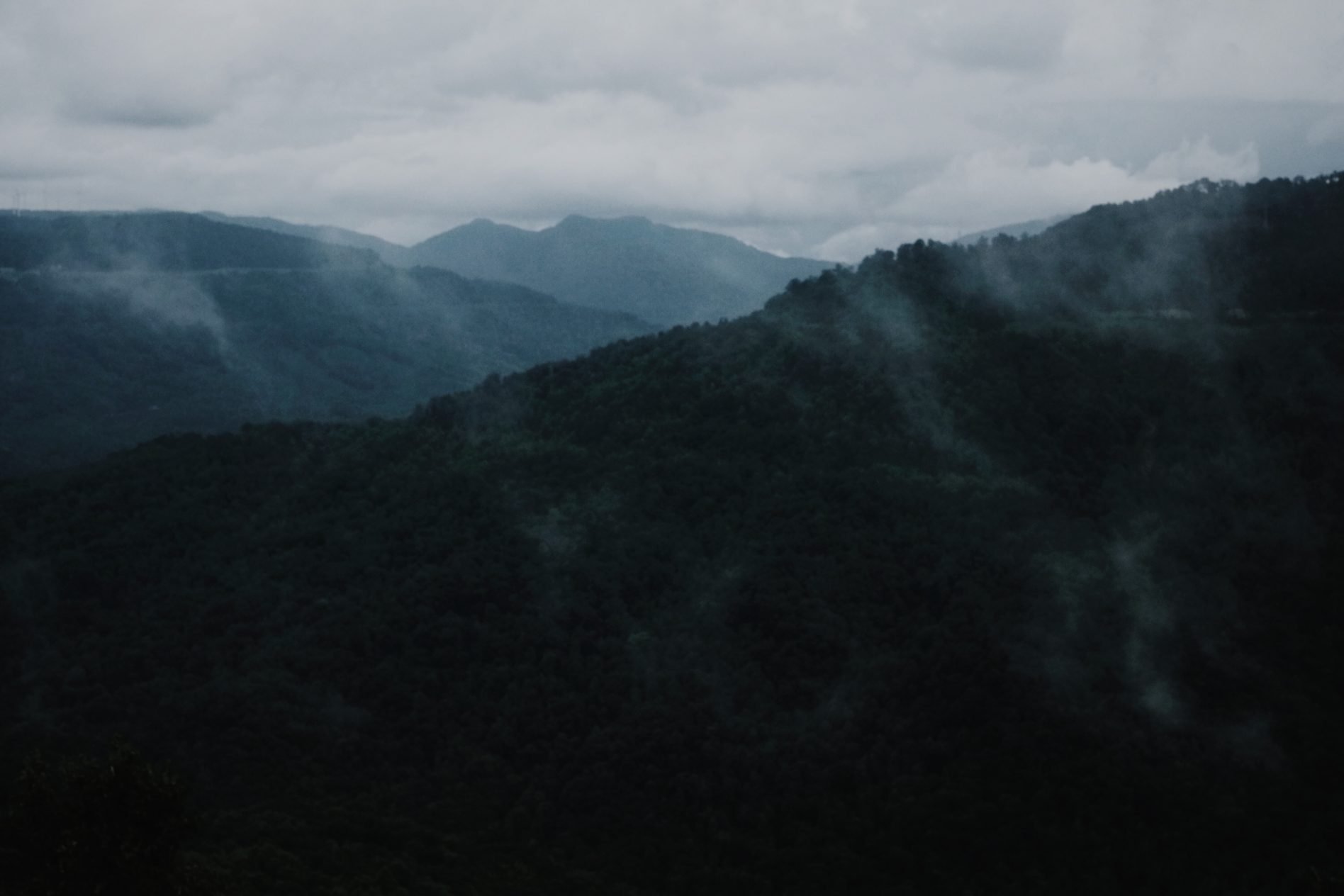
That night, the commissioners voted a unanimous 7-0 in favor of protecting Big Ivy by classifying it as Wilderness. The United States Congress are the only ones who have the power to officially make such a designation, but a strong message was sent.
In the days following the vote, a particular quote danced around my mind incessantly: “Everybody wants to change the world, but no one wants to change.” Now, just to be clear, I believe taking time out of the day to come to the meeting and to make our voices heard was commendable. Many did not even do that much. Still, I couldn’t shake the the question, “What meaningful changes are we willing to make to change the world?”
Big Ivy is beautiful. It drives eco-tourism, it is among the most bio-diverse forests in the U.S., it is studied by educational institutions near and far, and it is certainly worth more standing than it is logged.
And what about other forests? Do we care about them, as well? How about forests we’ve never seen or been to? Forests in a far away land. Are those forests any less important? Any less worthy of our attention? And what actions are we willing to take to protect them?
The Amazon Rainforest is the largest rainforest in the world, roughly the size of the lower 48 states. To date, at least 40,000 plant species, 2.5 million insect species, 427 mammal species, 1,300 bird species, 378 reptile species, more than 400 amphibian species and around 3,000 freshwater fish species have been found in the Amazon. The Amazon Basin contains 54% of the remaining rainforests on the planet. Because of its ability to absorb large amounts of carbon dioxide and turn it into oxygen, the Amazon is often referred to as the “Lungs of the Earth.” To simplify, it’s really important.
Unfortunately, the Amazon rainforest is disappearing at an alarming rate. During the past 40 years, close to 20 percent of the Amazon rainforest has been cut down, more than in the previous four centuries since European colonization began. One and one-half acres of rainforest are lost every second.
What is driving this destruction? Drilling? Damming? Logging?
The number one cause of Amazon deforestation is animal agriculture. Whether it’s room for cattle to live or vast monocrop fields to feed a variety of farmed animal species, the results are in: our taste for animal products is leveling the Amazon. There’s no disputing it.
And so I am taken back to the Big Ivy meeting in Asheville, where I sat amongst hundreds of people who obviously love their local forests, and I couldn’t help but think about the Amazon. What were we willing to do to protect that distant forest? A forest we may never get to step foot in? A forest that we’ve heard is disappearing, but never really thought too much about?
Animal agriculture is destroying the planet, the Amazon region included. It is wreaking havoc on rivers, oceans and forests. It’s the number one cause of water pollution, habitat destruction and ocean dead zones. Animal agriculture emits more greenhouse gasses than the entire transportation sector—more than every car, plane, train and boat combined. The amount of water and food that farmed animals consume is staggering. The amount of land these animals and their feed occupy is approximately one third of Earth’s ice-free land. Almost single handedly, animal agriculture is killing the Earth.
And, in a strange way, this is good news. This is good news because it puts the power in our hands, in our wallets, and on our plates. With so many of the other industries plaguing our planet, there is very little we can do, but without our dollars, animal agriculture crumbles.
I started my activist career in environmental organizing, specifically in protecting southern U.S. forests. I was absolutely shocked when I began to understand the magnitude of the destruction caused by animal agriculture. But I was also excited. So rarely are we as individuals given such an opportunity to make such a meaningful difference. By choosing not to consume animal products, we are making one of the most impactful and revolutionary choices of our time.If you are a mountain biker, hiker, climber, runner, naturalist, dog-walker, or anyone who spends time in the wild woods, the absolute best thing you can do to help protect forests is to change your diet. Going vegan is the best way to protect all the forests you love. This understanding is an amazing gift that we can give to others, especially our environmentalist brothers and sisters.
In the age of information, we know what the production of animal products is doing to the earth, to human health and to the trillions of animals who die every year to be consumed. We know and we can’t unknow. So then we are left with a decision, to act or not to act. Which will we choose?
